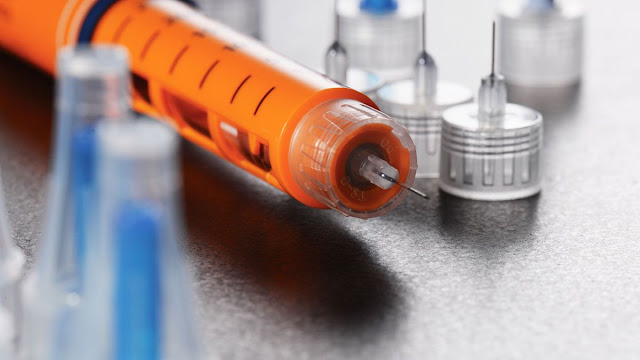Advancements in Nitinol Medical Devices Market: A Comprehensive Analysis
 |
Nitinol Medical Devices Market |
In recent years, the Nitinol
medical devices market has witnessed significant advancements that have
revolutionized patient care and treatment outcomes. A comprehensive analysis of
these advancements reveals a multitude of factors contributing to the market's
growth and potential for further innovation. One of the key areas of
advancement in the Nitinol medical devices market is the development of smarter
and more responsive devices.
Researchers and manufacturers have
been leveraging the unique properties of Nitinol, particularly its shape memory
effect, to create medical devices that adapt to the body's changing conditions.
For example, Nitinol stents with shape memory capabilities can be designed to
expand and contract in response to temperature changes or physiological
triggers. This adaptability ensures better device functionality and minimizes
the risk of complications, ultimately enhancing patient safety and comfort.
Moreover, advancements in material
science and engineering have led to the creation of Nitinol-based devices with
improved biocompatibility. The global Nitinol
Medical Devices Market was valued at US$ 36,417.2 Mn in 2021 and is
forecast to reach a value of US$ 72,516.5 Mn by 2028 at a CAGR of 10.3% between
2022 and 2028. Biocompatibility is a crucial aspect in medical device
development to ensure that the device does not provoke an adverse immune
response or cause harm to surrounding tissues. Through innovative surface
modifications and alloy compositions, Nitinol medical devices are now more
compatible with the human body, reducing the risk of complications and
enhancing their long-term performance.
Another notable advancement is the
integration of Nitinol in next-generation surgical tools and instruments. The
exceptional mechanical properties of Nitinol, such as its superelasticity and
high tensile strength, have made it an ideal material for creating cutting-edge
tools used in minimally invasive procedures. Nitinol-based catheters,
guidewires, and retrieval devices have demonstrated superior flexibility and
maneuverability, enabling healthcare professionals to navigate complex
anatomies with ease, leading to more precise interventions and improved patient
outcomes.
Furthermore, advancements in
additive manufacturing, commonly known as 3D printing, have opened up new
possibilities in Nitinol medical device production. The Cardiovascular
Devices Market is a rapidly growing sector within the medical device
industry, driven by an increasing prevalence of cardiovascular diseases
worldwide. 3D printing allows for the creation of intricate and customized
structures that were previously difficult or impossible to achieve using
conventional manufacturing methods. This technology has enabled the production
of patient-specific Nitinol implants and devices, enhancing treatment outcomes
and reducing the risk of implant rejection.
The advancements in the Nitinol
medical devices market have been transformative, offering immense potential for
further growth and innovation. From shape memory capabilities and enhanced
biocompatibility to the integration of Nitinol in cutting-edge surgical
instruments and the utilization of 3D printing, these developments have pushed
the boundaries of medical device technology. As research and development
efforts continue to push forward, we can anticipate a future where Nitinol
medical devices play an even more significant role in improving patient care
and advancing medical practices.



Comments
Post a Comment